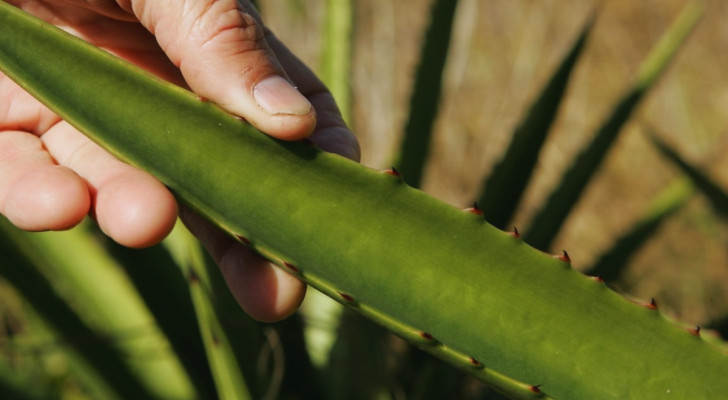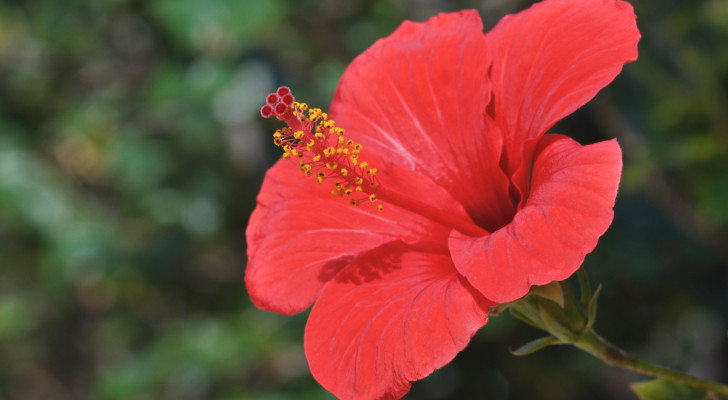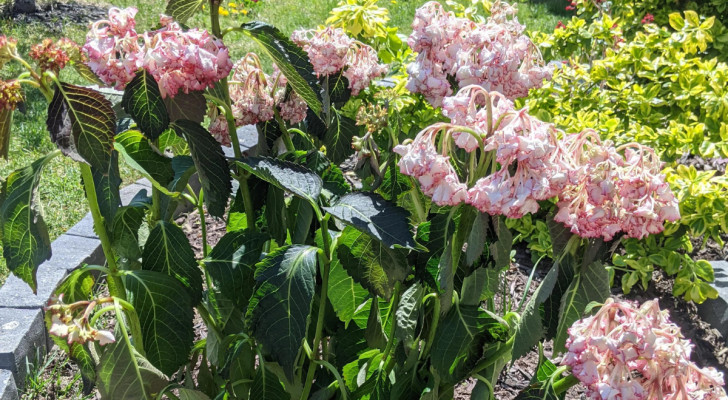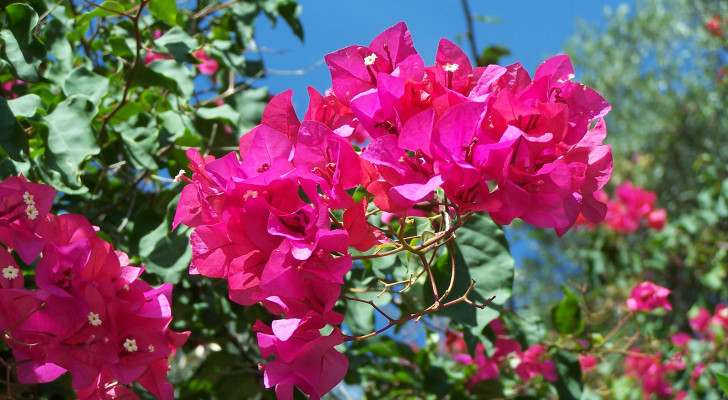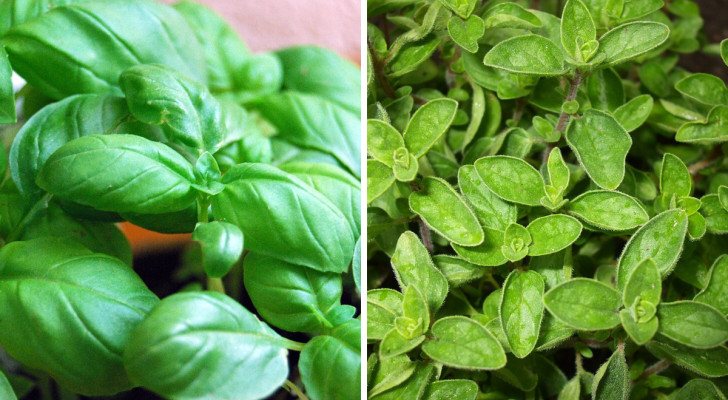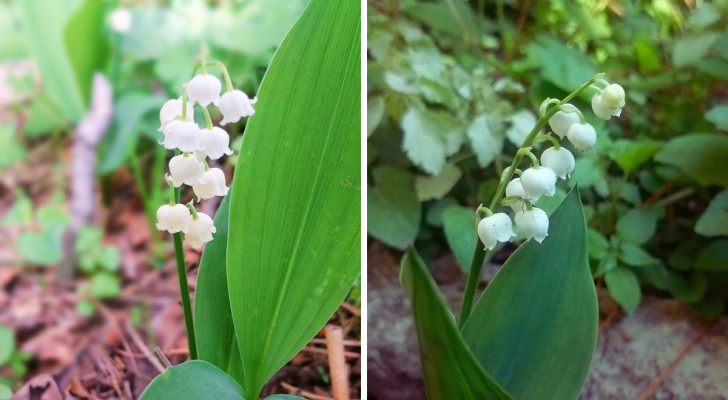Do you dream of a garden full of butterflies? Discover how to plan and lay out a vibrant, magical garden
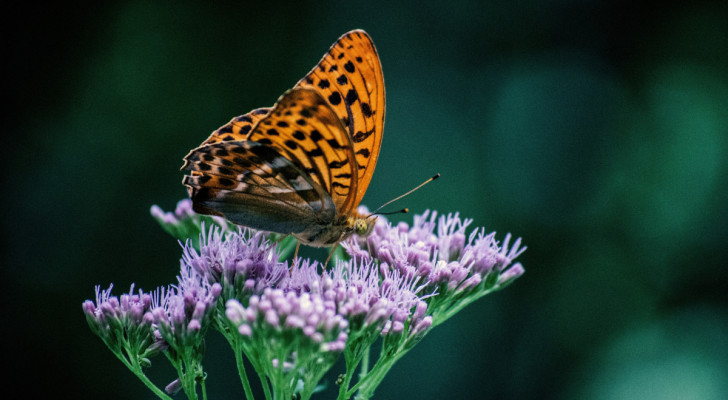
Rawpixel
Butterflies are truly beautiful creatures and watching them flitting gracefully from flower to flower is a truly captivating scene from nature. Additionally, having butterflies around is a sign of a healthy ecosystem, as butterflies are also pollinating insects just like bees, moths and other insects.
Fortunately, it is possible to design/plan a garden that will attract butterflies - you just need to make the right choices when it come to selecting plants.
1. Endemic plants
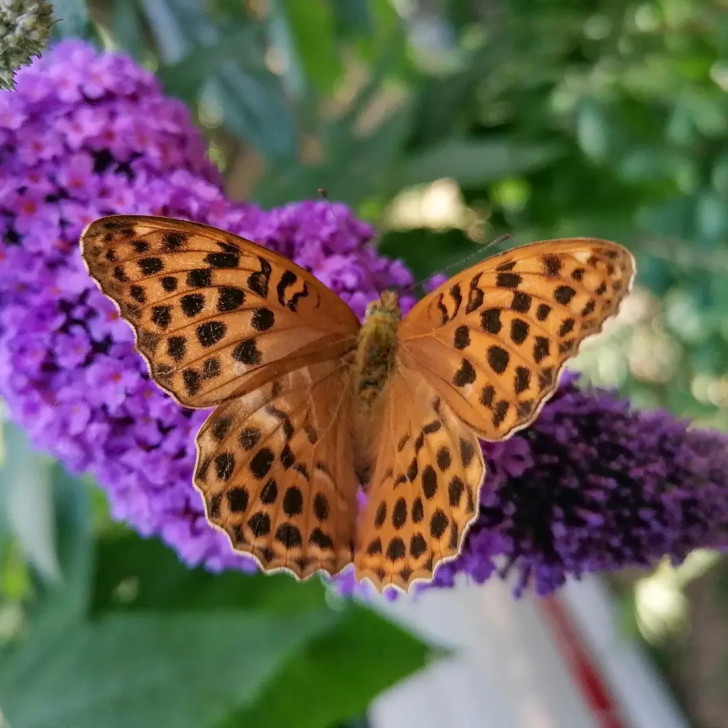
The value of native/endemic plants is often underestimated, particularly in comparison to more popular ornamental plants. While ornamental plants are often favored for their aesthetic appeal, native plants have a unique ability to thrive in their local environments. These plants have evolved over time to adapt to the specific conditions of their regions and, in doing so, have developed symbiotic relationships with endemic butterflies and insects. This symbiotic relationship supports the prosperity of the entire ecosystem.
From small bushes, to shrubs to large trees: in every area of the world there are an infinite variety of endemic plants that grow quickly, require the minimum of care and are genetically adapted to thrive better than others that are not native to the area.
Research your area and find out which plants are endemic to it. Once done, plan for how you're going to arrange them, given your preferences for sunshine and shade and the size the plants will grow to once mature.
2. No pesticides
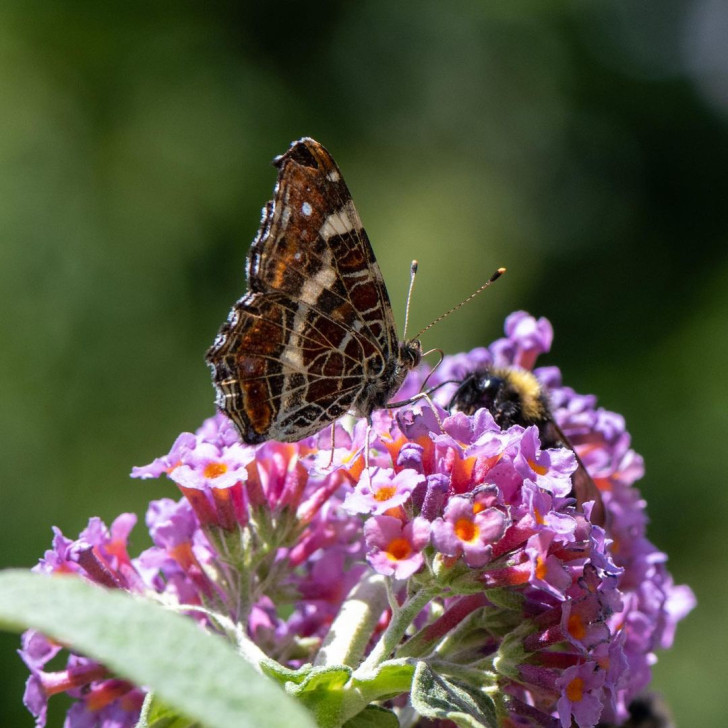
@johanna.liebt.garten/Instagram
Pesticides eliminate harmful insects, but they also kill off beneficial insects too. So, if you must use a pesticide on some plants, do not use it on plants that will usually attract butterflies.
3. Plant annual plants along with perennials
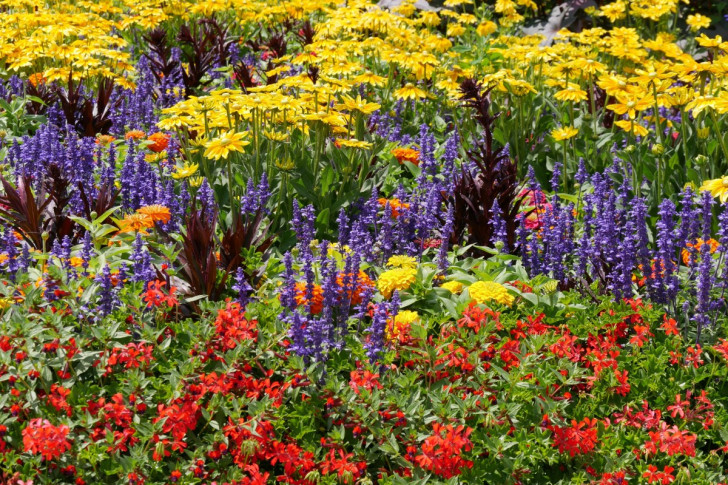
Pxhere
Once you have planned the positions of the "fixed" areas of your green space, ie. those spots where you will permanently plant perennials, you can turn to planning for the planting of annuals (ie. plants that complete their entire life cycle in one growing season).
Many annuals are very beautiful and also offer shelter and nourishment for insects such as butterflies. Depending on the area where you live, you can choose annuals such as sunflowers, cosmos, lantana, zinnia and many aromatic herbs!
4. Offer food to butterflies
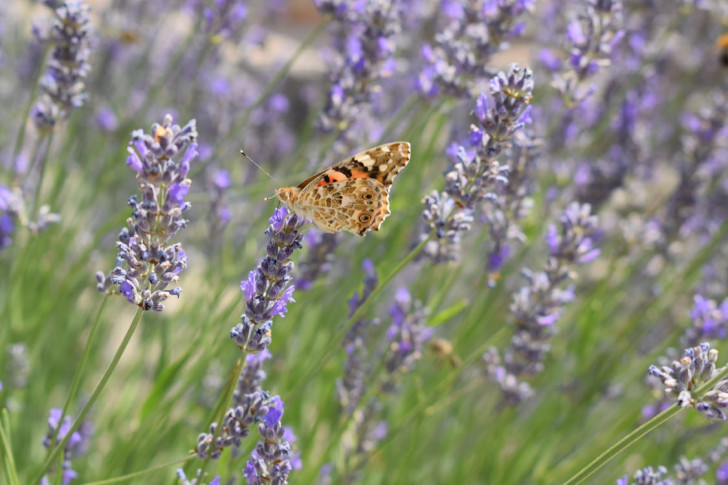
Kristina Kutleša/Pexels
Lavender, certain types of parsley, buddleja davidii, echinacea and more: there are many plants that are rich in nectar which serves as food for butterflies and bees. Nectar-rich, herb plants include dill, fennel, parsley, thyme, sage or rosemary.
5. Sunshine, but also shelter
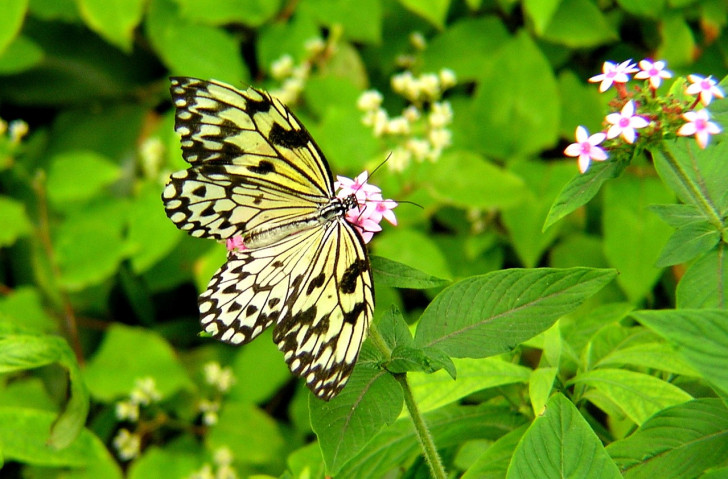
Needpix
To produce nectar, most of the plants mentioned above need good exposure to sunshine. And butterflies also love the warmth of the sun. That said, butterflies also need protection from the wind and the rain, which is why an ideal garden will also have shrubs and trees that can offer shelter to all the creatures living in your garden.
Other useful tips
- If possible, always keep a part of the garden - or even some old flowerbeds - for endemic weeds to grow "in the wild". Weeds are generally held in low esteem, but they provide biodiversity are often quite beautiful when they flower. And butterflies and bees are also fond of endemic "weeds"!
- Water source: of course, butterflies also need to drink, especially in dry regions. So, if you can provide water for butterflies (and other creatures) by putting in a pond or setting up a birdbath, for example, this will help keep butterflies visiting your garden!
- Winter protection: by having trees and shrubs and a "wild" spot in your garden (described above), you'll be able to provide shelter from the cold for butterflies. Some butterfly species seek protection amongst fallen leaves and/or dense shrubs. Other species of butterfly nest in the cracks of tree bark or in wood piles. So, particularly from late autumn to early spring, you don't need to rake your garden completely bare of all the dead-fall!
Are you ready to create a truly magical garden, full of butterflies?
